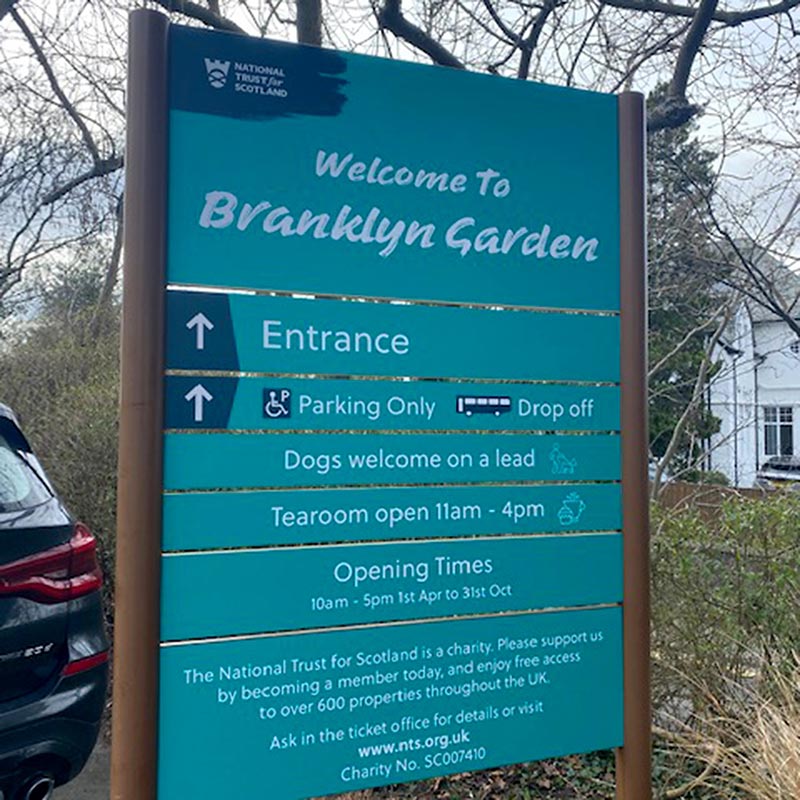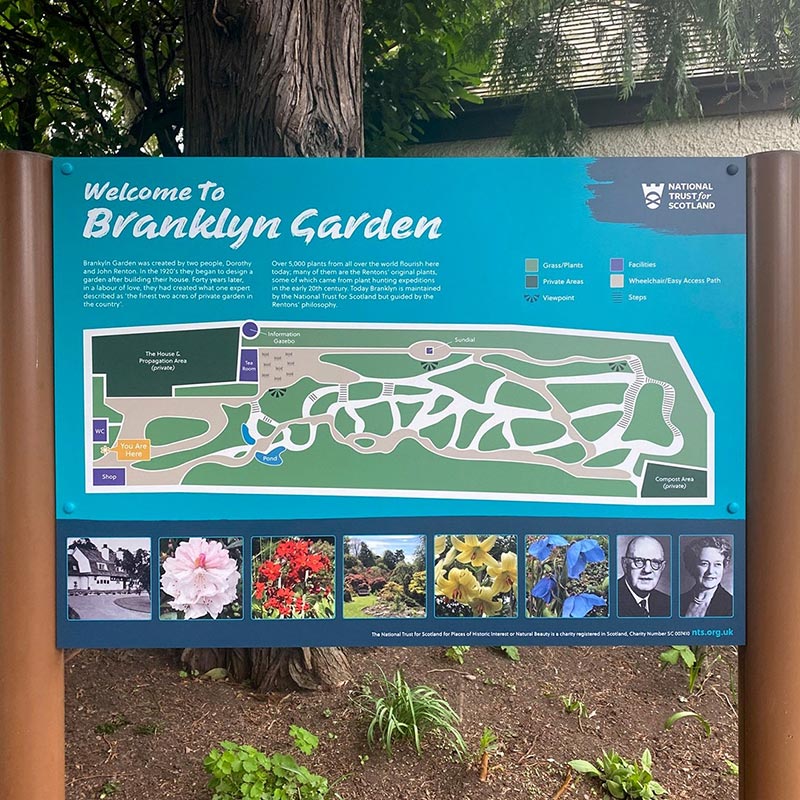Wayfinding Graphic Design: Navigating the Visual Landscape
In our complex and visually stimulating world, effective wayfinding graphic design plays a crucial role in guiding individuals through physical spaces, ensuring they reach their destinations seamlessly and with confidence. Wayfinding is an integral aspect of environmental graphic design, combining aesthetics, information, and functionality to create a visual language that aids orientation and navigation.
Understanding Wayfinding:
Wayfinding is the process of spatial decision-making and navigation, encompassing the elements that help people understand and navigate their surroundings. Whether in airports, hospitals, museums, or urban environments, effective wayfinding graphic design simplifies the user experience, reducing stress and confusion.
Key Components of Wayfinding Graphic Design:
- Signage Systems: Signage is a fundamental component of wayfinding graphic design. Clear, concise, and strategically placed signs convey information about directions, locations, and services. Consistency in design elements such as colour, typography, and symbols are crucial for creating a cohesive and recognisable signage system.
- Maps and Diagrams: Maps are powerful tools for wayfinding, providing an overview of the entire space and detailing key points of interest. In complex environments, interactive digital maps or 3D models enhance user engagement and understanding. Diagrams that simplify routes, entrances, and exits contribute to a more intuitive navigation experience.
- Symbol Systems: Symbols are a universal language that transcends linguistic barriers. Wayfinding graphic designers employ symbols to represent amenities, facilities, and directional information. A well-designed symbol system enhances communication and aids quick comprehension.
- Colour Coding: Strategic use of colours helps differentiate zones, guide routes, and convey hierarchy in information. Consistent colour coding across signage and environmental elements assists users in associating specific colours with particular functions or areas.
- Typography and Legibility: The choice of typography is critical for legibility, especially at varying distances and under different lighting conditions. Clear, sans-serif fonts with ample spacing contribute to easy reading, ensuring that information is quickly absorbed.
- Environmental Integration: Wayfinding graphic design doesn’t exist in isolation; it integrates seamlessly with the surrounding environment. Graphics may be applied directly to architectural elements, floors, or walls, merging aesthetics with functionality.
Challenges in Wayfinding Graphic Design:
- Cognitive Load: Overloading users with information can lead to cognitive strain. Wayfinding designers must strike a balance between providing sufficient information and avoiding overwhelming the user.
- User Diversity: Wayfinding solutions should cater to users with diverse needs, including those with disabilities. Braille, tactile elements, and audible cues contribute to creating inclusive environments.
- Dynamic Environments: Spaces that undergo frequent changes require flexible wayfinding systems. Digital signage and modular solutions enable adaptability to evolving environments.
Success Stories:
- Airport Wayfinding: Airports, with their vast and dynamic environments, exemplify the importance of effective wayfinding. Clear signage, intuitive maps, and digital displays guide passengers through check-in, security, and boarding processes.
- Hospital Navigation: Hospitals, often labyrinthine in layout, utilise wayfinding graphic design to aid patients, visitors, and staff. Colour-coded signage, floor plans, and directional symbols contribute to a smoother navigation experience.
- Urban Signage: Cities worldwide employ wayfinding graphic design to enhance the urban experience. Pedestrian-friendly signage, street maps, and landmark identification contribute to efficient and enjoyable city exploration.
Future Trends:
- Digital Integration: Continued advancements in digital technology will see increased integration of augmented reality (AR) and interactive digital displays in wayfinding systems.
- Personalised Wayfinding: AI-driven solutions may enable personalised wayfinding experiences based on individual preferences, habits, and accessibility requirements.
- Sustainability Focus: Wayfinding designers will likely incorporate sustainable materials and practices into their solutions, aligning with the growing emphasis on eco-friendly design.
Conclusion:
Wayfinding graphic design serves as a silent guide, enhancing our daily experiences in the built environment. As technology evolves and design thinking advances, the future promises innovative solutions that seamlessly blend aesthetics with functionality, ensuring that navigating our surroundings becomes an intuitive and enjoyable journey.
Branklyn Garden
We recently refreshed the signage at Branklyn Garden, including some wayfinding. Branklyn Garden is a beautiful hillside garden just outside Perth, it is a must-see for plant lovers.
www.nts.org.uk/visit/places/branklyn-garden




All content © 2023 Eastern Exhibition & Display
All rights reserved
Eastern Exhibition & Display is a limited
company registered in Scotland.
Company No SC082988
